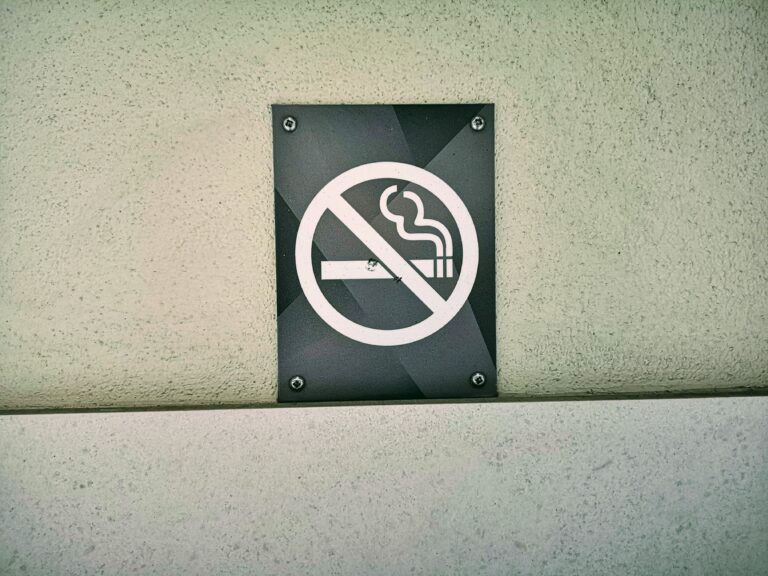The American Lung Association released its 2024 State of Tobacco Control report Wednesday, which evaluates state efforts to eliminate tobacco use. Indiana, Missouri, Kentucky, Iowa and Ohio scored failing grades in most categories.
The report compares state policies to evidence-based practices known to prevent youth from using tobacco and help smokers quit. It looks at five evidence-based categories: funding for tobacco prevention and control programs, cigarette taxes, smokefree air, access to cessation services and restrictions on flavored tobacco products.
The report described 2023 as a “disappointing year” for tobacco prevention policies and legislation nationwide on the state and local levels because no states passed comprehensive smokefree workplace laws or comprehensive flavored tobacco product laws.
Nationally, there was an uptick in adult tobacco use in 20022 driven by an increase in the number of adults using e-cigarettes. This trend has been driven by 18- to 24-year-olds’ increased use of e-cigarettes over the past two years. According to the report, 65.5% of e-cigarette users in this group did not smoke cigarettes before in 2022.
Tiffany Nichols, a director of advocacy for the American Lung Association in Indiana, said other southern states share similar failing grades.
But Oklahoma scored an A in two categories: Funding for tobacco prevention and control and cessation programs to help smokers quit.
Illinois scored an A in two categories too: Its efforts to maintain smokefree air and access to cessation programs to help people quit. Similarly, Ohio scored an A grade in the smokefree air category.
In some Midwestern states, tobacco prevention and control programs are drastically underfunded and are way below the level recommended by the CDC.
Cigarette taxes in some of these states are also among the lowest in the nation. Ranging from Missouri’s $0.17 to Illinois’ $2.9.
The highest cigarette taxes of more than $4 are in Connecticut, New York and Rhode Island.
Advocates in states like Indiana have tried to increase the cigarette tax for nearly a decade. Lawmakers there considered a bill last year to increase the tobacco tax up to $2, but the legislation failed.
Nichols thinks some lawmakers might believe it's a tax on people who are low-income, one of the demographic groups that typically uses tobacco.
“We're not trying to tax the poor, but we know that it's an evidence-based strategy” that would help many smokers finally decide to quit, Tiffany Nichols, director of advocacy for the American Lung Association in Indiana, said. “And it will help a lot of young people decide that smoking just isn't something that they want to do once the price hits a certain threshold,” she said.
Between 14% and 22% of highschoolers in some Midwestern states use tobacco, mainly through e-cigarettes.
Smoking continues to cost states billions of dollars in health care costs, ranging from $5 billion in Illinois, $2.9 billion in Indiana, $1.9 billion in Kentucky to a little over $1 billion in Iowa.
According to the report, menthol cigarettes and flavored cigars stand in the way of tobacco prevention efforts because more young adults start using cigars with flavored versions compared to older adults.
“Data from the 2023 National Youth Tobacco Survey (NYTS) show that 64.8% of middle and high school students who smoke cigars use flavored cigars, amounting to 270,000 kids,” according to the report. “Menthol flavored little cigars can also easily act as substitutes for menthol cigarettes if their sale is not prohibited at the same time.”
Menthol cigarettes are also popular among Black people who smoke, with over 80% of them using method cigarettes.
Nationally, Nichols hopes the Biden administration will approve an FDA rule to eliminate menthol and other tobacco flavorings.
More info on the national quitline can be accessed here. People can also Visit smokefree.gov or text QUIT to 47848 for help.
9(MDM5MjE5NTg1MDE1Mjk1MTM5NjlkMzI1ZQ000))

